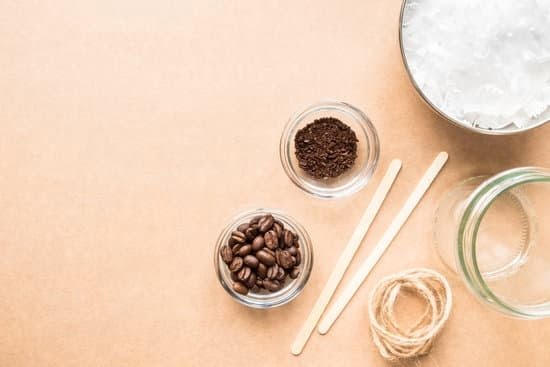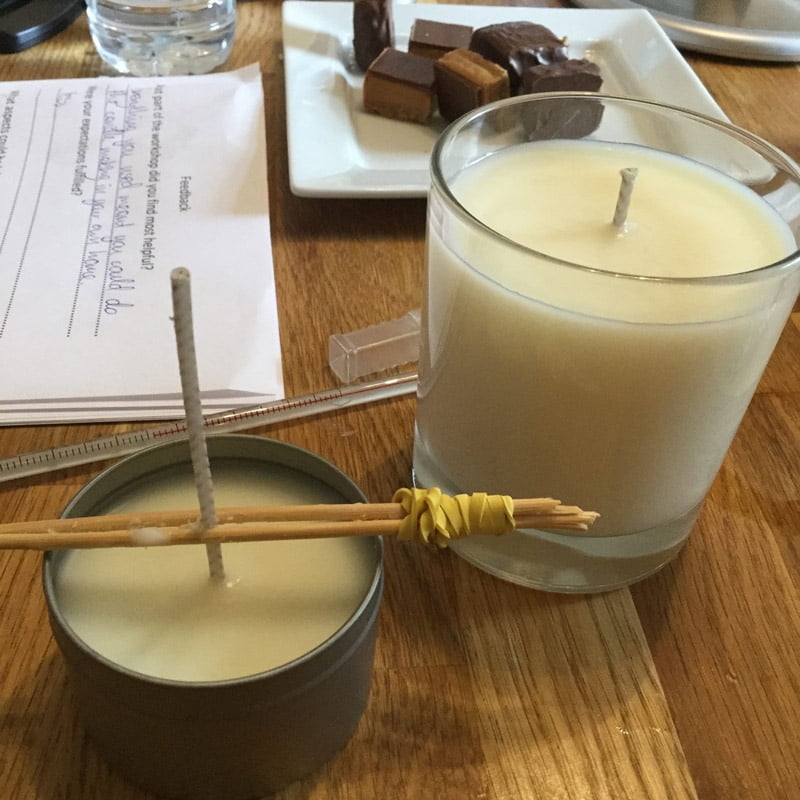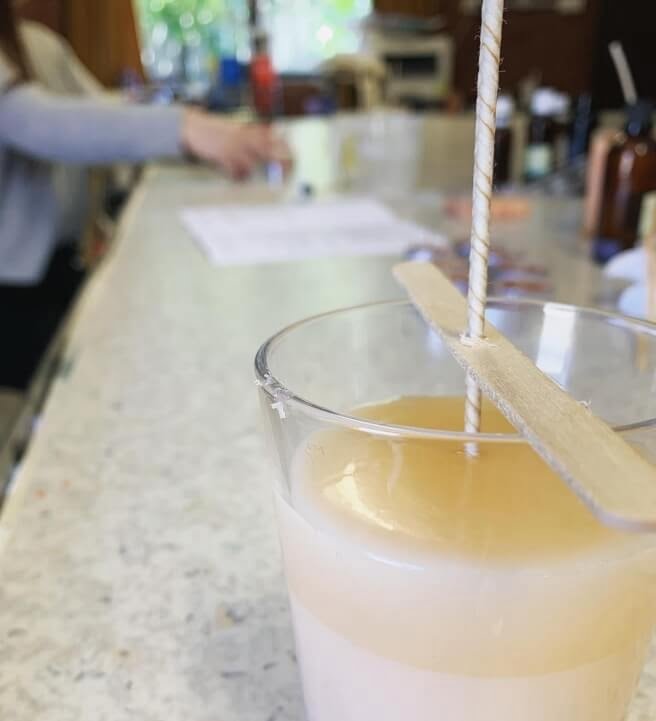How much scent to use when making candles is a crucial factor that can greatly impact the final product. The right amount of fragrance oil can make the difference between a pleasantly scented candle and an overpowering or barely noticeable one. This article will delve into the intricacies of determining the appropriate quantity of scent to use when making candles, taking into account various factors that can affect the scent dispersion and overall quality of the finished product.
Scent plays a vital role in candle making, as it is often the primary reason why individuals choose to burn candles. A carefully chosen fragrance can evoke memories, create ambiance, and contribute to a sense of well-being. Understanding how to effectively infuse candles with scent is essential for achieving successful results.
In this article, we will explore the science behind fragrance oils and how different types of waxes and candle sizes can influence their scent-holding abilities and distribution. We will also discuss proper techniques for measuring and incorporating fragrance oils into candle wax, along with tips for testing and adjusting scent levels for optimal results.
Additionally, we will highlight some common mistakes to avoid when using fragrance oils in candle making endeavors. Whether you are new to candle making or seeking to improve your current practices, this comprehensive guide will provide valuable insights for creating beautifully scented candles.
The Science Behind Fragrance Oils
When it comes to making candles, the science behind fragrance oils plays a crucial role in achieving the perfect scent. Understanding how fragrance oils work can help you determine how much scent to use in your candle making process.
Here are some key points to keep in mind when considering the science behind fragrance oils:
- Volatility: Fragrance oils are made up of volatile compounds that evaporate into the air, releasing their aroma. It’s important to consider the volatility of the specific fragrance oil you are using, as this will impact how strong or subtle the scent will be in your finished candle.
- Chemical composition: Each fragrance oil is made up of different chemical compounds that contribute to its unique scent profile. Some compounds may be more potent than others, so understanding the chemical composition of your chosen fragrance oil can help you determine how much to use for optimal results.
- Scent throw: The term “scent throw” refers to how far and wide a candle’s scent can travel when it is burning. Different fragrance oils have varying levels of scent throw, so it’s important to consider this factor when deciding on the amount of scent to use in your candles.
By taking these scientific factors into consideration, you can make more informed decisions about how much scent to use when making candles. Experimenting with different fragrance oils and understanding their volatile nature and scent throw can help you achieve beautifully scented candles every time.
Factors to Consider When Determining How Much Scent to Use
When it comes to making scented candles, determining how much scent to use is a critical factor that can greatly impact the final product. There are several important factors to consider when deciding on the proper amount of fragrance oil to add to your candle wax.
Types of Wax
The type of wax you are using will have a significant impact on how much scent is needed for optimal fragrance. For example, soy wax typically requires more fragrance oil compared to paraffin wax due to its natural properties and how it holds scent.
Candle Size and Shape
The size and shape of the candle will also influence the amount of scent needed. Larger candles will obviously require more fragrance oil compared to smaller ones in order to achieve the desired level of aroma. Additionally, certain shapes or designs may impact how the scent is distributed as the candle burns.
Desired Scent Intensity
An individual’s preference for scent intensity should also be taken into consideration. Some people prefer strongly scented candles, while others may opt for a more subtle aroma. Understanding your target audience and their preferences can help determine the appropriate amount of fragrance oil to use.
By taking into account these essential factors – such as types of wax, candle size and shape, and desired scent intensity – candle makers can effectively determine how much scent to use when making candles, creating beautifully scented products that meet their customers’ expectations.
Different Types of Waxes and Their Scent-Holding Abilities
When it comes to candle making, the type of wax used plays a significant role in how much scent can be added and how well it will hold. Different types of waxes have varying abilities to hold and distribute fragrance oils, which is important to consider when determining how much scent to use when making candles.
Paraffin Wax
Paraffin wax is one of the most commonly used waxes in candle making. It has a great scent throw, meaning it can hold and release fragrance oils effectively. This type of wax allows for a higher fragrance load, which means you can use a higher percentage of fragrance oils compared to other types of waxes.
Soy Wax
Soy wax is known for its clean-burning properties and natural origins. However, soy wax generally has a lower scent throw compared to paraffin wax. This means that when using soy wax, you may need to use more fragrance oil or choose stronger scents to achieve the desired level of fragrance in your candles.
Beeswax
Beeswax is another natural option for candle making, but it has the lowest scent throw of all the waxes. Beeswax candles typically have a subtle and delicate scent when essential oils or fragrance oils are added. Due to its low scent-holding ability, using beeswax may require higher concentrations of fragrance oils or essential oils.
Understanding how different types of waxes hold and distribute scent is crucial in determining the appropriate amount of fragrance oil to use when making candles. Whether you prefer paraffin, soy, or beeswax, each type requires careful consideration in order to achieve optimal scent throw and overall candle aroma.
The Role of Candle Size and Shape in Scent Distribution
When it comes to creating beautifully scented candles, the size and shape of the candle play a crucial role in how the scent is distributed. The surface area of the wax directly affects the throw of the fragrance, meaning that larger candles with more surface area will generally have a stronger scent throw compared to smaller ones.
Additionally, the shape of the candle can also impact how the scent travels through the air. For example, wide, open-top candles may allow for better scent dispersion compared to tightly enclosed ones.
In addition to size and shape, the type of wax used in candle making also influences how well the scent is distributed. Soy wax, for example, has a great scent throw and can hold a higher fragrance load compared to other waxes such as paraffin. Beeswax is known for its natural honey-like aroma and has its own unique way of dispersing scents.
Proper technique in measuring and adding fragrance oils also plays a significant role in ensuring that the desired scent distribution is achieved. Using too little or too much fragrance oil can significantly impact how well a candle smells when burning. It is important to carefully follow guidelines on fragrance load recommendations based on the type of wax being used. Testing and adjusting are essential steps in achieving optimal results.
| Wax Type | Scent-Holding Ability |
|---|---|
| Soy Wax | Great scent throw; holds high fragrance load |
| Paraffin Wax | Lower scent throw; holds lower fragrance load |
| Beeswax | Natural honey-like aroma; unique way of dispersing scents |
Proper Techniques for Measuring and Adding Scent to Candle Wax
When it comes to making scented candles, getting the right amount of fragrance oil is crucial in achieving the perfect balance of scent without overwhelming the senses. Properly measuring and adding scent to candle wax requires precision and careful consideration of various factors. Here are some techniques to ensure that you are using the correct amount of fragrance oil for your candle-making process:
- Use a digital scale: One of the most accurate ways to measure fragrance oil is by using a digital scale. This allows you to measure the exact amount needed for your specific batch size, ensuring consistency in your candles.
- Follow recommended guidelines: Different fragrance oils have different recommended usage rates, typically ranging from 6% to 10% of the total wax weight. Be sure to check the guidelines provided by your supplier and adjust accordingly.
- Consider the type of wax: The type of wax used can also affect how much scent should be added. For example, soy wax may require a different amount of fragrance oil compared to paraffin wax due to their varying capabilities in holding scent.
In addition, understanding the flashpoint and pour temperature of your fragrance oil is essential in preventing it from evaporating too quickly or causing issues during the pouring process. By carefully following these techniques, you can ensure that your candles will have just the right amount of fragrance for a truly delightful olfactory experience.
Lastly, always remember that less is often more when it comes to adding scent to candles. It’s better to start with a smaller amount and gradually increase based on testing results rather than overloading your candle with too much fragrance oil, which can result in an unpleasant and overpowering aroma. Understanding these techniques will help you create beautifully scented candles that will be enjoyed by all who encounter them.
Tips for Testing and Adjusting Scent Levels for Optimal Results
When it comes to making candles, the right amount of scent can make all the difference in creating a beautifully scented product. Testing and adjusting scent levels is an essential step in candle making to ensure that the final result is not too overpowering or too weak.
One tip for testing and adjusting scent levels is to start with a small amount of fragrance oil and gradually increase until the desired strength is achieved. It’s important to keep in mind that different scents may require different amounts, so it’s crucial to adjust accordingly.
Another important factor to consider when testing and adjusting scent levels is the type of wax being used. Different waxes have varying scent-holding abilities, so it’s important to take this into account when determining how much scent to use. Additionally, the size and shape of the candle can also impact how the scent is distributed, so these factors should be considered during the testing process as well.
In order to achieve optimal results when testing and adjusting scent levels, it’s important to keep detailed records of each batch of candles made. This will help in identifying which combinations of wax and fragrance oils work best together. By keeping track of these details, candle makers can create a more consistent product for their customers.
| Key Points | Details |
|---|---|
| Start with a small amount | Gradually increase until desired strength is achieved |
| Consider type of wax used | Different waxes have varying scent-holding abilities |
| Record keeping | Keep detailed records of each batch for consistency |
Common Mistakes to Avoid When Using Fragrance Oils in Candle Making
When it comes to making candles, using the right amount of scent is crucial in achieving the perfect aromatic experience. While adding fragrance oils to your candle wax can enhance the ambiance of any space, there are common mistakes that should be avoided to ensure that your candles turn out as intended.
One mistake to avoid when using fragrance oils in candle making is over-saturating the wax. It can be tempting to add more scent for a stronger aroma, but this can actually have a negative effect on the candle’s performance.
Excessive use of fragrance oils can lead to poor burn quality and even potential safety hazards. It’s important to follow recommended guidelines and measurements for each type of fragrance oil to achieve the desired scent without compromising the candle’s functionality.
Another common mistake when using fragrance oils in candle making is not properly testing and adjusting scent levels. Each type of wax and fragrance oil combination will have different scent retention properties, so it’s essential to conduct test burns to determine the optimal amount of scent for your specific recipe. By neglecting this step, you may end up with candles that either have an overpowering or barely noticeable aroma.
Additionally, using low-quality or improperly stored fragrance oils can also be a costly mistake. It’s essential to invest in high-quality fragrance oils from reputable suppliers and store them properly to maintain their potency. Using expired or degraded fragrance oils will not only result in subpar scented candles but will also be a waste of resources and effort.
Overall, avoiding these common mistakes is essential in creating beautifully scented candles that not only smell divine but also burn safely and effectively. Taking into account factors such as proper measurement, testing, and using quality ingredients leads to successful candle making experiences.
Final Thoughts and Recommendations for Creating Beautifully Scented Candles
When it comes to creating beautifully scented candles, understanding the importance of scent in candle making is crucial. The science behind fragrance oils and the factors to consider when determining how much scent to use are essential elements for achieving the perfect balance. Different types of waxes and their scent-holding abilities, as well as the role of candle size and shape in scent distribution, also play a significant part in creating a delightfully fragrant candle.
Proper techniques for measuring and adding scent to candle wax, along with tips for testing and adjusting scent levels for optimal results, are key aspects that should not be overlooked. It’s important to remember that fine-tuning the amount of scent used can make all the difference in achieving a well-balanced and long-lasting fragrance.
Additionally, being aware of common mistakes to avoid when using fragrance oils in candle making can save time and resources while ensuring a successful outcome.
In conclusion, creating beautifully scented candles requires attention to detail and an understanding of the science and art behind it. By considering all the factors mentioned above and implementing proper techniques, anyone can master the art of candle making with exquisite scents. With patience and practice, you’ll be able to craft candles that not only look stunning but also fill any space with captivating aromas that will leave a lasting impression on anyone who experiences them.
Frequently Asked Questions
What Is the Best Amount of Fragrance for Candles?
The best amount of fragrance for candles depends on the type and size of the candle as well as personal preference. A general guideline is to use about 1 ounce of fragrance oil for every pound of wax, but this can vary. It’s important to follow the specific instructions provided by the fragrance oil manufacturer for best results.
What Is the Ratio of Essential Oils to Candle Wax?
The ratio of essential oils to candle wax can also vary depending on factors like the type of essential oil and desired strength of the scent.
As a starting point, a common recommendation is to use about 1-2 ounces of essential oil per pound of wax for strong scented candles, but this can be adjusted based on personal preference and the specific essential oils being used.
How Do You Calculate Candle Fragrance?
Calculating candle fragrance involves considering factors such as the type and size of the candle, the strength of the fragrance oil or essential oil, and personal preference. In general, it’s important to follow guidelines provided by fragrance oil manufacturers and do some testing with small batches to determine the ideal amount of fragrance for a specific candle.
This might involve using a fragrance calculator or following specific instructions from reliable sources in order to achieve a pleasing scent without overpowering or underwhelming effects.

Welcome to my candle making blog! In this blog, I will be sharing my tips and tricks for making candles. I will also be sharing some of my favorite recipes.





